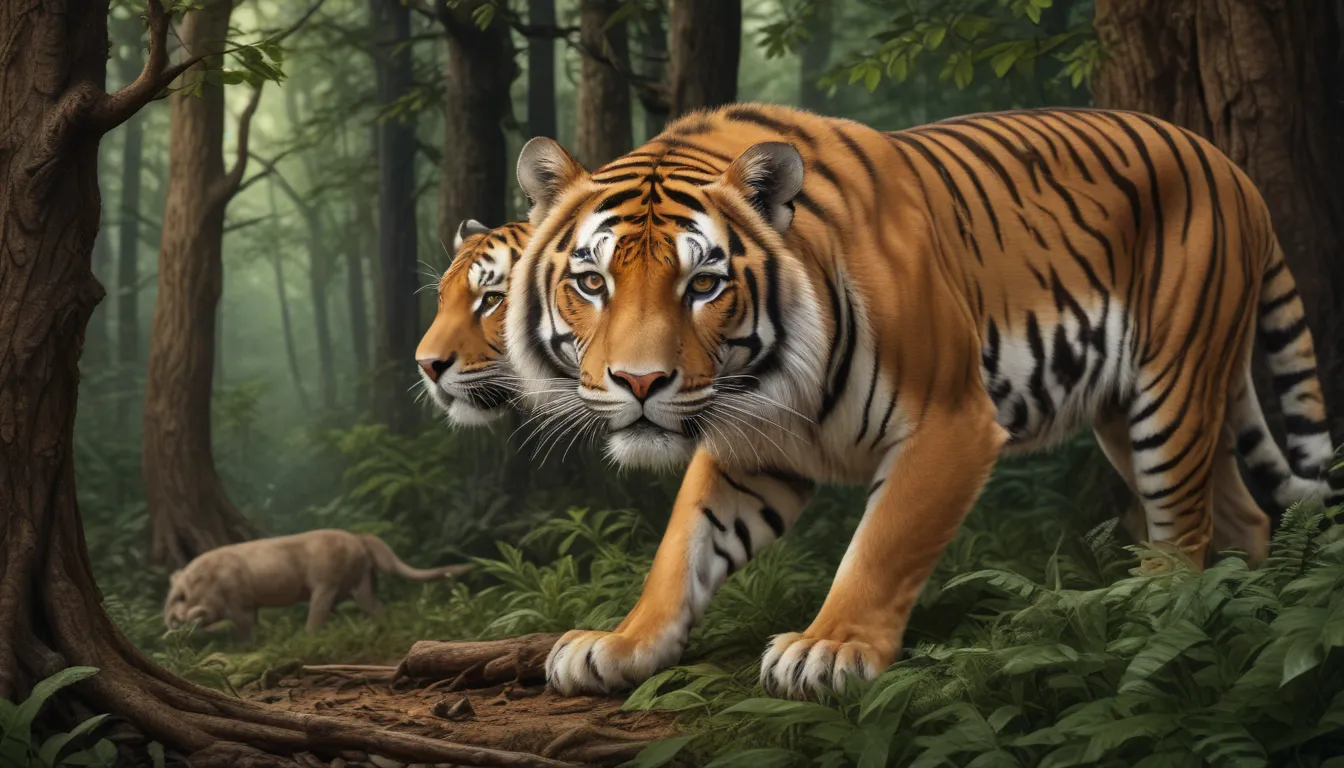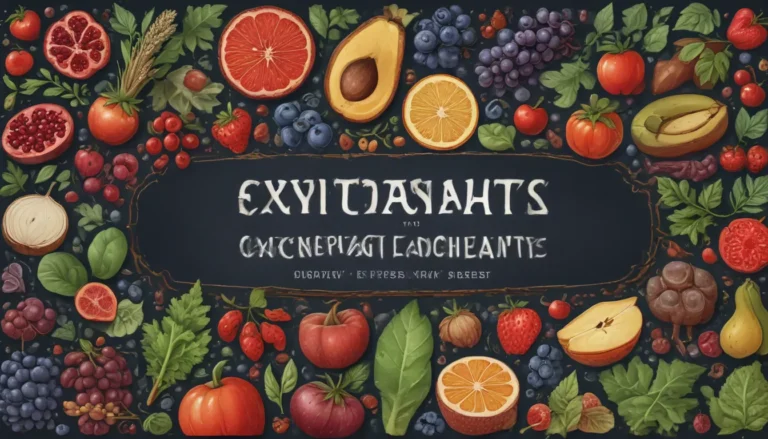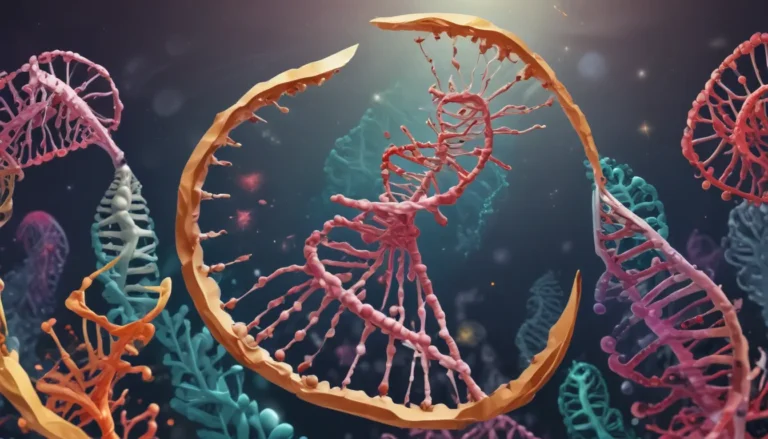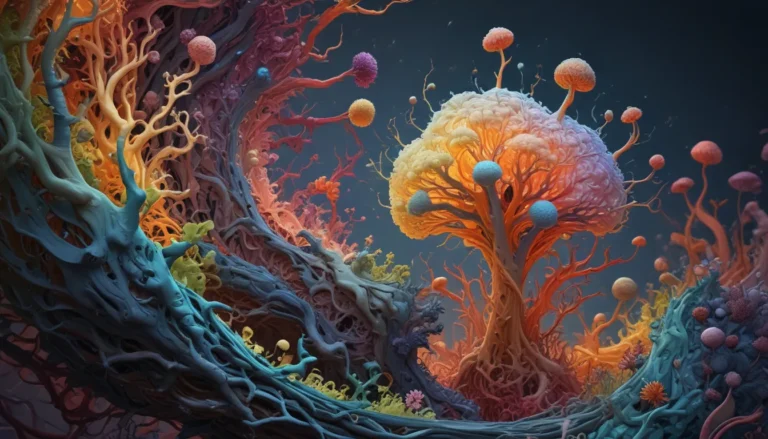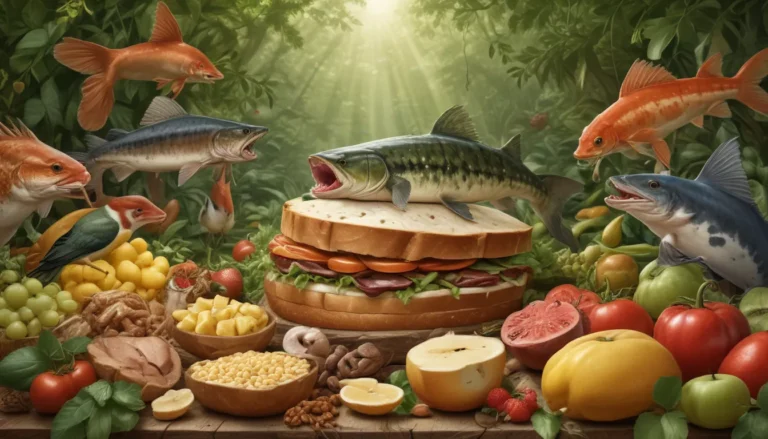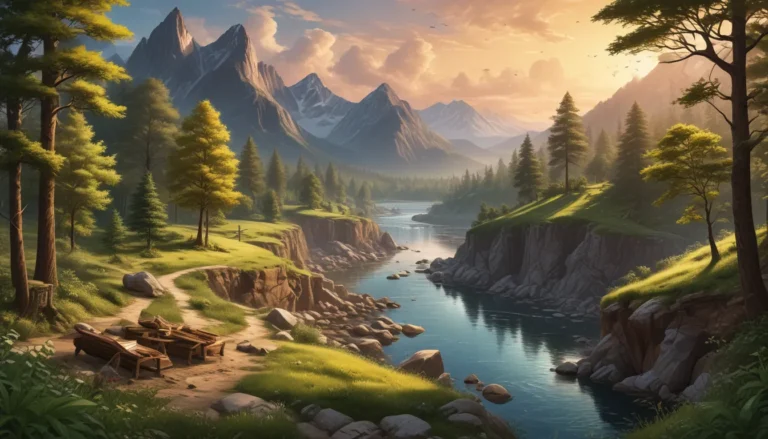A Note About Images: The images used in our articles are for illustration purposes only and may not exactly match the content. They are meant to engage readers, but the text should be relied upon for accurate information.
In the vast tapestry of the natural world, predation stands as a cornerstone of biodiversity and ecosystem dynamics. The hunter and the hunted engage in a perpetual dance of life and death, shaping the intricate balance of nature. Join us as we delve into 16 captivating facts about predation, shedding light on the diverse strategies employed by predators, the ingenious adaptations of prey, and the remarkable dynamics that govern the survival of species.
Predation: A Vital Component of the Natural World
Predation is a fundamental process in the natural food chain, where one organism hunts, captures, and feeds on another organism for survival. This circle of life not only sustains individual species but also influences the overall balance of ecosystems.
The Arsenal of a Predator
Predators possess a diverse array of adaptations that empower them in the art of hunting. From sharp claws and powerful jaws to acute senses and camouflage, these creatures have honed their skills over millions of years of evolution.
The Thrilling Hunt
The hunting strategies employed by predators are as varied as the species themselves. Some rely on brute strength, while others showcase speed, agility, or even teamwork to secure their next meal. Each hunt is a display of nature’s prowess and cunning.
The Majesty of Apex Predators
At the summit of the food chain stand the apex predators, unrivaled in their dominance and prowess. These top predators play a pivotal role in regulating populations and maintaining the delicate balance of ecosystems.
The Art of Camouflage and Deception
Many predators have evolved remarkable camouflage techniques, blending seamlessly into their surroundings to outwit unsuspecting prey. Deceptive tactics are also employed to surprise and overwhelm potential meals.
The Speed Demons of the Animal Kingdom
Cheetahs, the undisputed champions of speed in the animal kingdom, can reach staggering velocities of up to 70 miles per hour in a matter of seconds. Their swift pursuit leaves prey with little chance of escape.
The Patient Ambushers
Lions, crocodiles, and other stealthy predators employ patience and cunning in their hunting approach. Waiting in silence, they strike with precision and efficiency, securing their meal with calculated stealth.
The Lethal Venom of Predators
Venomous predators, such as snakes and spiders, possess potent toxins that immobilize or kill their prey swiftly and efficiently. This venomous arsenal ensures a quick and effective means of securing a meal.
The Complexity of Hunting Techniques
Some predators exhibit intricate hunting behaviors, showcasing the power of cooperation and strategy. Wolves engage in coordinated hunts, while humpback whales employ bubble-net feeding to corral and consume their prey.
The Dance of Evolution: Predation’s Role
The enduring interplay between predators and prey has fueled the evolution of countless adaptations in both factions. From swift evasion tactics to lethal counterattacks, the evolutionary arms race is a testament to nature’s ingenuity.
Evasion Tactics of Prey
In the face of constant predation pressure, prey animals have developed an arsenal of defense mechanisms. Camouflage, mimicry, and the ability to release toxins are just a few of the tactics employed to evade becoming a predator’s meal.
The Delicate Balance of Predator-Prey Relationships
The relationship between predators and prey is a finely tuned balance, where any disruption can have cascading effects on ecosystem dynamics. Understanding and respecting this delicate equilibrium is key to preserving biodiversity.
Apex Predators as Keystone Species
Apex predators, as keystone species, wield significant influence over ecosystem structure and function. By controlling prey populations, they shape the very fabric of the habitats they inhabit.
The Unending Arms Race of Evolution
Predators and prey are locked in a perpetual arms race, each striving to outwit and outmaneuver the other. This evolutionary dance gives rise to new adaptations and species, driving biodiversity across the natural world.
Predation’s Impact on Biodiversity
Predation plays a vital role in maintaining biodiversity by regulating population sizes and fostering species coexistence. Without the checks and balances of predation, ecosystems would struggle to maintain their delicate equilibrium.
Human Influence on Predation Dynamics
Human activities, such as habitat destruction and overhunting, can disrupt predator-prey dynamics and destabilize ecosystems. It is crucial to recognize and mitigate these impacts to safeguard the balance of nature.
Conclusion: Embracing the Wonder of Predation
As we journey through the realm of predation, we uncover a tapestry of intrigue and marvel. From apex hunters to intricate relationships, the world of predators and prey is a symphony of survival and adaptation. Let us pause to appreciate the raw beauty and complexity of this primal phenomenon, where life and death intertwine in a dance as old as time itself.
FAQs: Exploring Predation Further
-
What is predation, and why is it essential in ecosystems?
Predation is the act of one organism hunting and feeding on another, playing a crucial role in regulating populations and shaping ecosystem balance. -
What are some common examples of predators in the animal kingdom?
Lions, wolves, sharks, eagles, and snakes are just a few examples of predators that showcase a diverse array of hunting strategies. -
How do predators catch their prey, and how do prey defend themselves?
Predators employ a variety of tactics, including stealth, speed, and ambush, while prey utilize evasion tactics like camouflage, mimicry, and chemical defenses. -
Can predation impact biodiversity, and are there symbiotic relationships involving predators?
Predation helps maintain biodiversity by controlling population sizes and fostering species coexistence. Symbiotic relationships, such as cleaner fish and larger fish, showcase mutually beneficial interactions in predator-prey dynamics. -
What role do apex predators play in ecosystems, and how does evolution drive the predator-prey relationship?
Apex predators act as keystone species, influencing ecosystem structure by controlling prey populations. The evolutionary arms race between predators and prey shapes adaptations and biodiversity across the natural world.
Predation continues to intrigue and captivate us, offering a glimpse into the intricate dance of life and death that defines the natural world. As we explore the fascinating realm of hunters and hunted, let us marvel at the wonders of nature and the relentless pursuit of survival that drives evolution forward.
